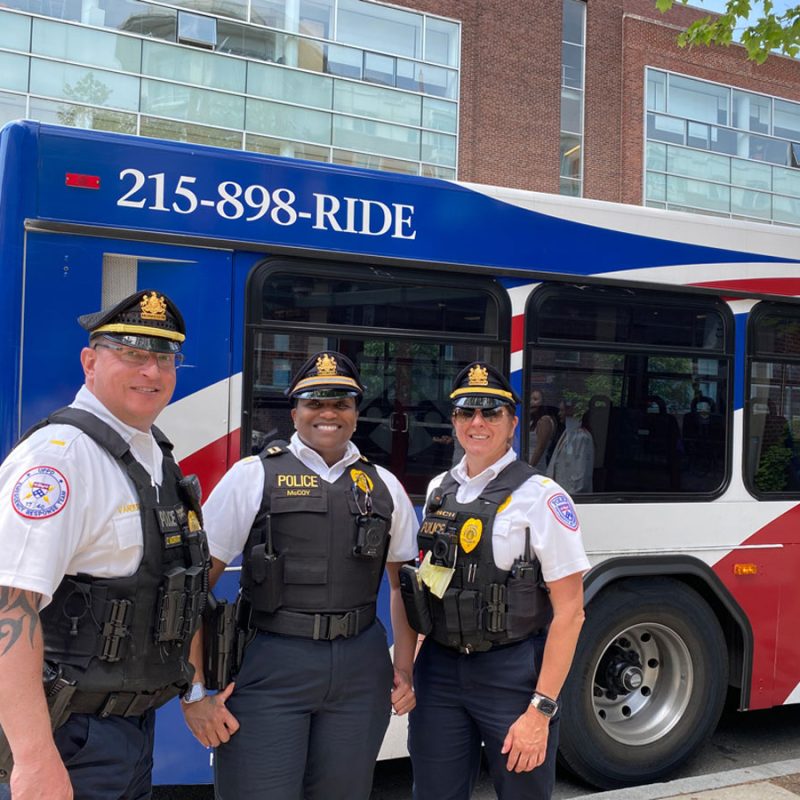Automated External Defibrillator
History of AEDs
Defibrillation was first demonstrated in 1899 by Prevost and Batelli, two physiologists from University of Geneva, Switzerland. They discovered that small electric shocks could induce ventricular fibrillation.
The first use of a defibrillator on a human was in 1947 by Claude Beck, professor of surgery at Case Western Reserve University. Beck first used the technique of defibrillation successfully on a 14 year old boy who was being operated on for a congenital chest defect. In the 1960s, portable defibrillators were introduced for use in ambulances.
Today, defibrillators are the only proven way to resuscitate a person who has had a cardiac arrest and is still in persistent ventricular fibrillation or ventricular tachycardia at the arrival of rescuers.
Using an AED
An AED is intended to be used by persons who have been trained in its operation. The user should be qualified by training in basic life support or other physician-authorized emergency medical response (CPR/AED certification).
In simplest terms, an AED should be applied to a person who is exhibiting symptoms of sudden cardiac arrest. Once activated, an AED will prompt a rescuer to place pads on the victim’s bare chest. The AED will then analyze the victim’s heart rhythm, charge, and advise that it will deliver a defibrillation shock if the victim is in persistent ventricular fibrillation or ventricular tachycardia.
Video by CardiacScience, with information on the G3 Plus Automatic AED machine, one of the types found on our campus.
CPR & AED Training
The Division of Public Safety will coordinate Cardiopulmonary Resuscitation (CPR) and AED training for your school or center’s AED responders. Contact the Department of Fire & Emergency Services, at 215-573-7857 or to schedule CPR and AED training.
Have an AED Installed Today!
Join your Penn colleagues in the schools and centers that have already chosen to take part in the Penn HeartSafe program. By doing so, you help Penn continue to be a healthier and safer institution for our entire community.
Contact
Department of Fire & Emergency Services, at 215-573-7857 or
Want to know where AEDs are located on campus?


